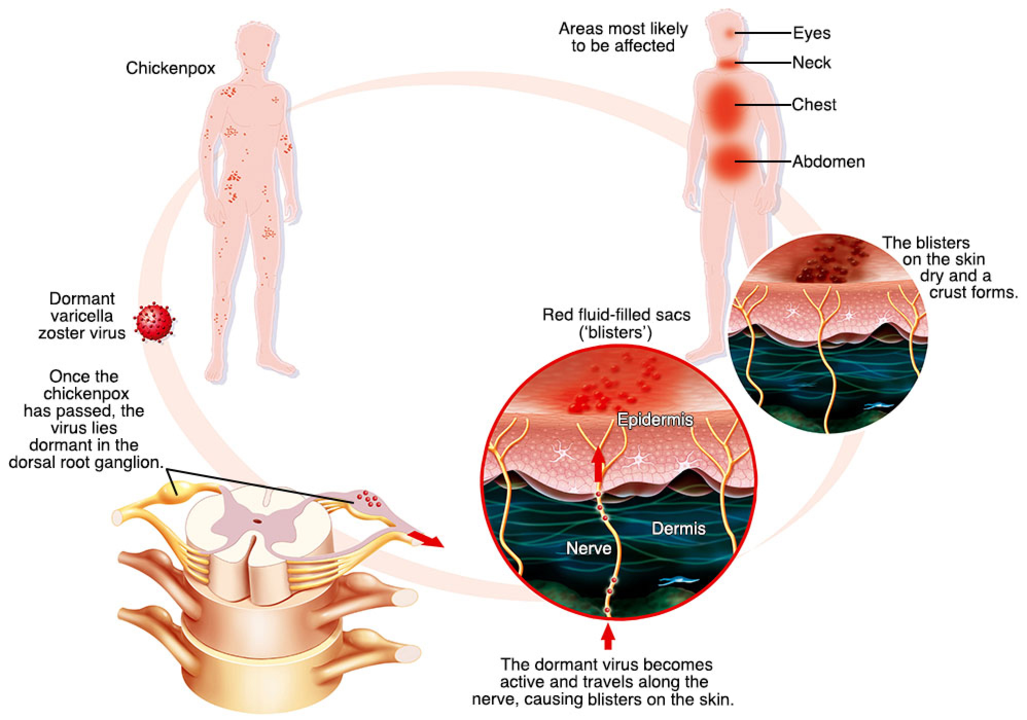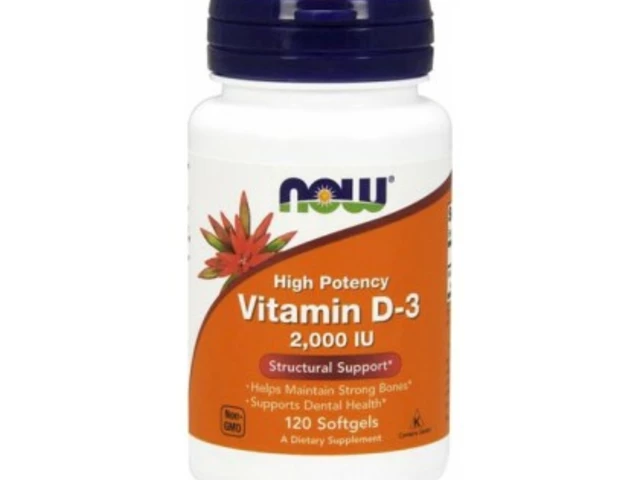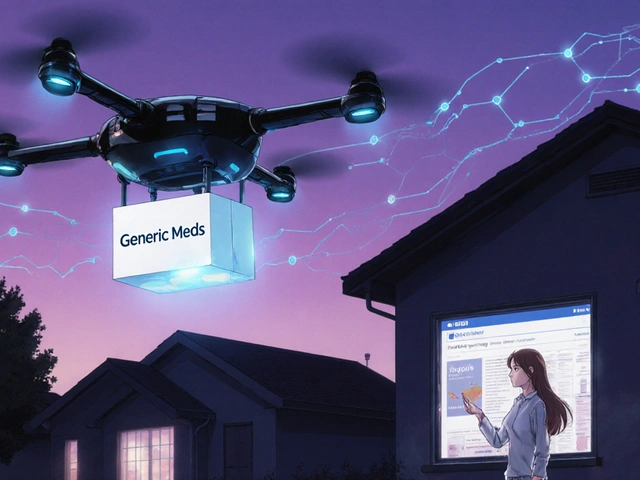Shingles: Quick Facts, Treatment & What to Do Right Now
One in three people will get shingles in their lifetime. Shingles comes from the chickenpox virus hiding in your nerve cells and waking up years later. It usually shows as a painful stripe of blistering rash on one side of the body or face.
Pain often starts before the rash. You may feel burning, tingling, or sharp shooting pain. Other symptoms include fever, headache, and sensitivity to touch. If the rash is on your face, especially near an eye, treat it as an emergency — the virus can threaten your vision.
See a doctor early. Antiviral pills work best when started within 72 hours of rash onset. Common antivirals are acyclovir, valacyclovir, and famciclovir. These drugs reduce pain, speed healing, and lower the chance of long-term nerve pain known as postherpetic neuralgia (PHN). We cover specific antivirals like Zovirax (acyclovir) and options beyond Valtrex in related guides.
Manage pain while the virus heals. For mild pain, try acetaminophen or ibuprofen. For nerve pain, doctors may prescribe gabapentin, pregabalin, or low-dose tricyclic antidepressants. Lidocaine patches or prescription creams can numb the sore area. Strong opioid painkillers are rarely needed but may be used short-term for severe pain under careful supervision.
Prevent spread and protect others. Shingles is contagious to people who never had chickenpox or the vaccine. Keep the rash covered until all blisters crust over. Avoid contact with pregnant women, newborns, and people with weak immune systems until the rash is fully healed.
Use simple home care to ease symptoms. Cool compresses reduce itching. Calamine lotion soothes blisters. Wear loose clothing and rest. Keep the area clean and don’t pick the blisters to avoid infection.
Vaccination is the best long-term protection. The Shingrix vaccine is recommended for adults 50 and older and for some younger people with weakened immunity. It’s given in two shots and greatly cuts the risk of shingles and PHN. Side effects are usually short-lived: sore arm, fatigue, or mild fever.
When to get urgent care: rash on or near the eye, severe uncontrolled pain, widespread rash in someone with a weak immune system, high fever, or signs of bacterial skin infection like spreading redness and pus.
If you think you have shingles, call your healthcare provider right away. Quick treatment shortens the illness and lowers the chance of long-term pain. You don’t have to suffer in silence — effective options exist.
Quick home remedies
Cool compresses, loose clothing, and oatmeal baths ease itching. Use calamine or aloe vera to soothe open blisters. Clean the area daily and pat dry. Avoid using strong antiseptics or alcohol on blisters — they sting and slow healing. If itching keeps you up, ask your doctor about antihistamines for short-term relief.
Vaccine: who should get it
Adults 50 and older should get two doses of Shingrix, even if they had shingles before or got the older vaccine. People with certain immune conditions should talk to their doctor about timing. If you’re unsure, ask your provider — vaccination avoids severe pain for many people. Get protected.
Georgea Michelle, May, 12 2023
Shingles and Your Liver: What You Need to Know
As a blogger who cares about health, I recently came across some important information about shingles and its connection to our liver. Shingles, a painful skin rash caused by the varicella-zoster virus, can actually impact liver function in some cases. It's crucial to be aware of this connection, as maintaining a healthy liver is essential for our overall well-being. If you experience shingles, it's important to keep an eye on any potential liver-related symptoms and consult your doctor if you have concerns. By staying informed, we can take better care of our bodies and work towards a healthier future.
View More





